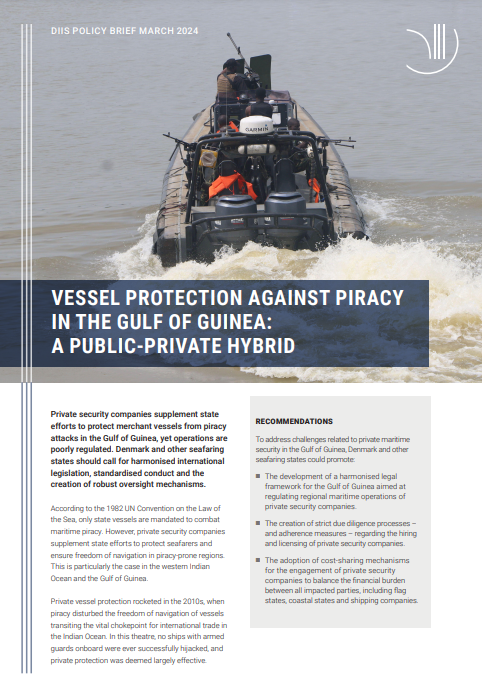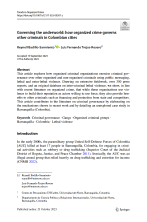By Abby Córdova
Gangs’ territorial control affects the lives of residents in thousands of neighborhoods across Latin America, particularly in northern Central American countries. I argue that gang dominance constrains the ability of neighborhood residents to mobilize politically and consequently resist gang violence through institutionalized channels. Living in gang-controlled neighborhoods results in fewer incentives and opportunities to make political elites accountable for one’s personal safety. Even residents who have already experienced crime firsthand are discouraged from turning to politics as a strategy to change the status quo. My theoretical insights identify mechanisms through which gangs’ neighborhood control affects nonelectoral and electoral participation. To test my hypotheses, I rely on census and public opinion data collected in seventy-one neighborhoods in El Salvador. This article offers the first systematic statistical analysis of the effect of gangs’ territorial control on political participation in the Latin American context. The findings suggest that living under gang rule undermines residents’ right to engage freely in politics in nuanced ways.
Latin American Research Review. 2019;54(1):201-221. doi:10.25222/larr.387





















